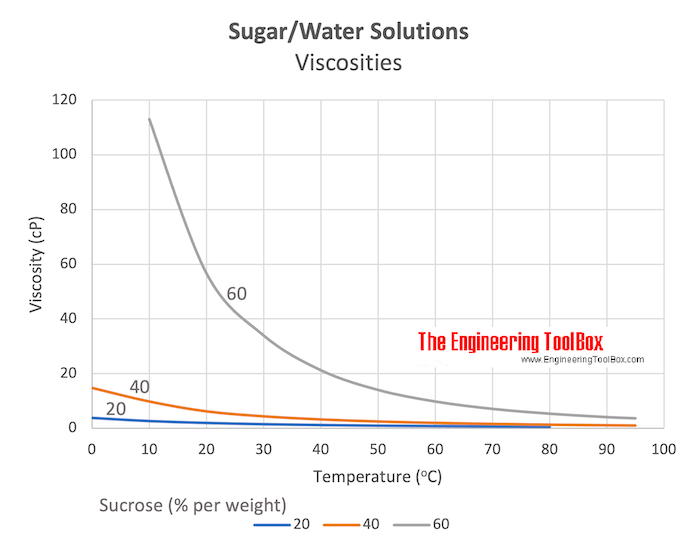
While considerable efforts are being made to modernize such measurements 2, nowadays, most of those methods still consist of ecological censuses and taxonomic identifications, recording the diversity and abundance of multicellular organisms 3.

Most biomonitoring sampling methodologies were developed in the middle of the twentieth century, based on the then-existing ecological and technological knowledge. The large size and ubiquity of the targeted microorganism, the avoidance of reagents or specialized tools for the measurement, and the simple data collection based on an object tracking algorithm enable the automatization of the assessment and real-time results using globally available technology.īiomonitoring-that is, inferring the condition of an ecological system based on the observation of its organisms-is a central tool for ecosystem conservation, management, and restoration 1. This study establishes a significant and consistent relationship between Paramecia’s swimming speed and the presence of five different organic and inorganic contaminants at varying concentrations centered around drinking water thresholds. Here we demonstrate that the swimming speed of Paramecium aurelia, a unicellular protozoan, globally found in fresh, brackish, and salt waters, can be used as a measurable frugal indicator of the presence of pollutants in water. Such organisms’ motility depends on hydrodynamic and physical factors related to the rheology of the surrounding media and biological factors depending on the organisms’ state and well-being. Pressure as a function of temperature along the sublimation curve.Įnthalpy as a function of pressure and temperatureĮnthalpy as a function of pressure and entropyĮnthalpy as a function of pressure and vapor fractionĮnthalpy as a function of pressure and density.Self-propelled microscopic organisms are ubiquitous in water. Pressure as a function of temperature along the melting curve. Very inaccurate for solid water region since it's almost incompressible! Temperature as a function of enthalpy and entropy Temperature as a function of pressure and entropy Temperature as a function of pressure and enthalpy Sh.setFormatter(logging.Formatter('%(name)s - %(levelname)s - %(message)s')) Thermal Conductivity (W/(m ☌) or btu/(h ft ☏)) Specific isochoric heat capacity (kJ/(kg ☌) or btu/(lb ☏)) Specific isobaric heat capacity (kJ/(kg ☌) or btu/(lb ☏)) Specific internal energy (kJ/kg or btu/lb) Specific entropy (kJ/(kg ☌) or btu/(lb ☏)) T_ph is temperature as a function of pressure and enthalpy. Then a underscore _, then the wanted input properties Example: NomenclatureĪll Functions follow the same naming schema: First the wanted property, Apart form accuracy errors, there should be no warnings. There are still (as of v0.4.2) some Errors in the speed of sound functions (w_ps), so be warned that they exceed the Error Range. This will require numpy and matplotlib to be installed. To test if setup was successful, run python3 bin/pyXSteamDemo.py. To run unittests: python setup.py test but make sure numpy is installed
Water viscosity cp install#
Tests require numpy, demos require numpy and matplotlib Install

There are no requirements for installing pyXSteam with Python 3.6 and up.

Some effort has been made to include the refined function of more recent releasesĪnd also functions for calculations on heavy water. ForĪccuracy of the functions in different regions see IF-97 Īlso includes thermal conductivity and viscosity, which are not part of XSteam provides (mostly) accurate steam and water properties from 0 -ġ000 bar and from 0 - 2000 ☌ according to the IAPWS release IF-97. Original Released by Magnus Holmgren for Matlab and Excel:


 0 kommentar(er)
0 kommentar(er)
